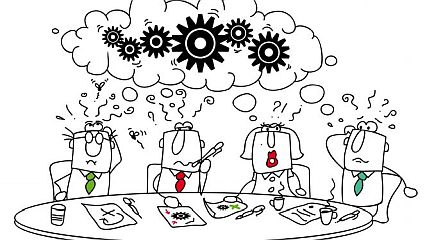We are in enamored with, perhaps even in love with our products. We have endless lists of product capabilities. We revel in each feature and function that we can add to a demo. We compare our offerings to the competition, proud that we “check more boxes,” while they competitors claim the same–they are just checking different boxes. We have endless case studies about how our solutions saved the day for a customers. Our websites have carousels rotating the prestigious names of customers or other carousels with testimonials, “This product is the best thing since sliced bread!”
Our training programs endlessly dive into product features, functions, feeds and speeds. They provide us with discovery questions like, “Do you need this feature and capability?”
We love our products!
But our customers don’t care! They don’t think of their problems in terms of product capabilities. Often, they don’t recognize they have a problem. When they do, they struggle to understand it and define it. They look for root causes. They look at how it impacts their abilities to achieve their goals. They look at which parts of the organization are impacted by the problem. They assess the risks, the short and long term consequences of not addressing the problem. They assess the external factors that may be creating or aggravating the problem.
Their focus is on the problem!
And they struggle with this. It’s not part of their day jobs, they are focused elsewhere. They struggle with how they begin to address these issues. And when they do, the majority of the time they fail. They fail before they even begin to consider solutions. And when they do reach that point, 60% of the time they still fail.
It’s easy to understand, after all they aren’t the problem experts.
But we are! Or at least we should be!
We work with 1000s of customers struggling with problems. We have the ability to become problem experts. We have the ability to help the customer with the most difficult parts of their problem solving process. In in that process, we build trust, confidence, and help them move forward.
And when we do this, we increase their success.
And when we do this, we drive higher win rates, deal values, and reduce their buying cycles by 30-40%. Stated differently, we drive both customer success and our revenue growth.
What if we shift our perspective?
Rather than loving our solutions, what if we started to love the problems?
Afterword: How do we become Problem Experts? We are introducing the “Problem Focused Brock Questionert.” It is a tool everyone can use to start to become Problem Experts. If you’re interested, just reach out.
Afterword: Here is the AI generated discussion of this article. It’s short, sweet, and one of the best of these. Enjoy!

Leave a Reply